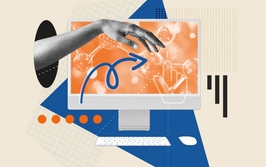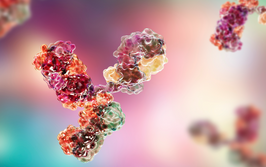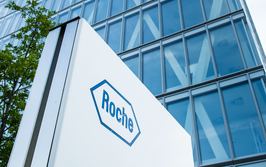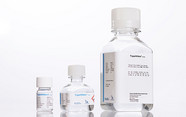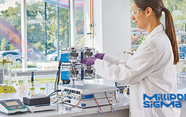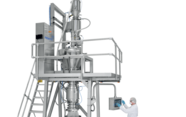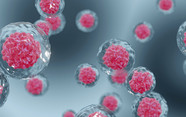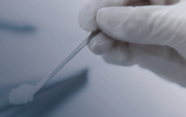Advances and Opportunities in Biologics Formulation
The challenges of developing optimized biologics formulations are well known, but the good news is that the industry continues to develop novel solutions
Heonchang Lim, Derrick Katayama | | 2 min read
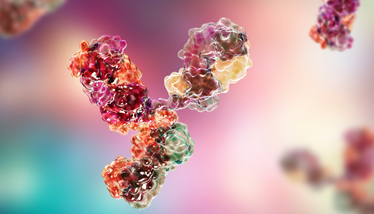
Credit: Adobestock.com
Biologics, including mAbs, recombinant proteins, and gene therapies, continue to revolutionize the treatment of diseases. However, they also continue to present unique development and manufacturing challenges because of their complex structure, sensitivity to environmental conditions, and stability concerns.
Biologics are highly susceptible to degradation via chemical and physical pathways. Oxidation, deamidation, aggregation, and denaturation all pose significant challenges. In addition, stringent storage conditions, such as maintaining temperatures between 2-8 °C or even below freezing point, complicate handling and transportation. Maintaining the cold chain during distribution increases costs and poses logistical challenges for manufacturers and healthcare providers alike.
The good news is that the field of biologics formulation continues to evolve, driven by new research. Stabilization strategies, such as lyophilization and spray drying, can enhance the shelf life of biologics and reduce dependence on storage conditions. Lyophilization converts drugs into a solid state form, reducing water activity and minimizing degradation reactions, while spray drying allows for rapid dehydration and can be used to develop inhalable formulations.
High-concentration formulations present additional opportunities for innovation in biologics. Biopharmaceutical products are often delivered by intravenous (IV) administration, which can limit convenience and patient compliance. Thus, developing alternative delivery methods, such as subcutaneous (SC) injections, remains a priority. However, development of SC formulations often requires an increase in protein concentration, which can lead to more issues with aggregation and high viscosity.
The presence of aggregates can alter the therapeutic profile of the drug, thereby requiring extensive quality control measures to be in place to ensure safety and efficacy. To overcome the challenge, it is crucial to optimize the formulation with careful evaluation of factors such as pH, ionic strength, and buffer composition. Additionally, a thorough selection of specific excipients, such as disaccharides, polysorbates, and amino acids can help to prevent degradation and ensure the desired therapeutic effect. Scientists continue to study new stabilizers and surfactants that may further enhance protein stabilization, as well as looking into formulation options that can achieve high protein concentration while maintaining an acceptable viscosity and stability. Nanotechnology and new drug carrier systems, including lipid nanoparticles and polymeric carriers, offer targeted and sustained drug release – and are also being eagerly explored.
When it comes to experimenting with formulations, microfluidic systems and lab-on-a-chip technology are making a difference. These approaches provide high-throughput testing methods for screening formulation conditions for important attributes, allowing a wide range of samples to be analyzed to identify optimal conditions.
Lastly, alternative delivery routes, including nasal, pulmonary, and transdermal systems, hold significant potential for improving patient compliance and reducing healthcare costs. By offering non-invasive administration options, these innovative delivery methods can enhance overall therapeutic value.
In conclusion, the formulation of biologics presents significant challenges, mainly because of their structural complexity and stability concerns. However, continuous advancements in stabilization technologies, excipient development, and drug delivery systems offer promising solutions. Addressing these challenges not only ensures the success of biologics in the clinic but also improves patient accessibility and treatment outcomes, paving the way for the next generation of biopharmaceutical innovations that are safe, effective, and patient-friendly.
Director of formulation development, Samsung Biologics
Lead scientist in formulation development, Samsung Biologics



